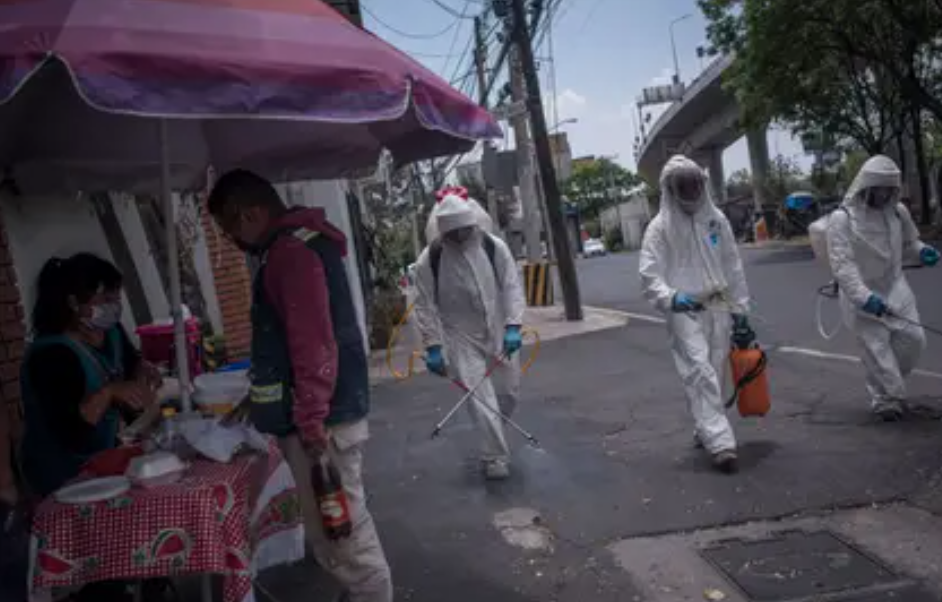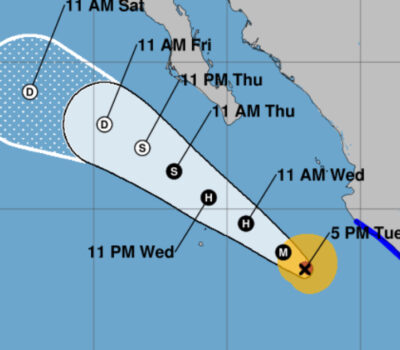The protocols have been issued, the states have established their pandemic ‘traffic lights’, and the guidelines for the New Normality in Mexico have entered into force on June 1, 2020.
After 70 days of having implemented the National Day of Healthy Distance, the country will begin its reopening facing more than just the pandemic.
Coronavirus has not been easy for Mexicans, who have already been seen 9,930 deaths from coronavirus and 90,664 reported cases.
In the last 24 hours, 3,152 new cases were registered, the highest number since the pandemic began on February 28, but not only that, the country will begin its reopening with a 3.6% increase in infections, according to the data provided by the Undersecretary for Prevention and Health Promotion, Hugo López-Gatell.
General hospital occupancy is 41% and 36% of intensive care beds are used by patients who need to be intubated.
The authorities have warned that activities should not be hastily returned to this June 1, because “the conclusion of the healthy distance days does not mean that the pandemic is over, because it is not returning to normality. The danger persists and the entire republic is at a red light,” said López-Gatell.
In addition, various state governors have expressed concern about the reactivation in the midst of an increasing number of cases, because although only a percentage of economic activities will be opened starting today, this represents greater population mobility and, therefore, an increased risk of spread.
However, Mexico will begin its reopening with another series of problems that cross it, among them: the rebound in domestic violence, the incessant presence of drug trafficking in the country, and the war for clean energy. The Andrés Manuel López Obrador government has been criticized nationally and internationally for its controversial actions to address each of these problems.
To compound the situation, Amanda, a tropical storm formed during the afternoon of Sunday, May 31, advanced on Guatemala, approaching Mexico at 15 kilometers per hour. The National Meteorological Service (SMN) predicts that it will leave very heavy and even torrential rains in eastern and southern states of the country such as Veracruz, Oaxaca, Tabasco, Chiapas Campeche, Quintana Roo and Yucatan.
The country also receives the new normality amid other problems. Companies with renewable energy projects in the country continue to fight to avoid halting their developments, despite the fact that on May 29, the Energy Regulatory Commission (CRE) approved an increase in tariffs that the Federal Electricity Commission (CFE) charges companies for the right to use their transmission lines.
In addition, an economic crisis is looming that the government will try to mitigate, while unemployment in the first quarter of 2020 stands at 3.4% compared to the same period last year, that is, 1.98 million more people in the country unemployed.
Also, the violence did not stop despite the coronavirus quarantine, since in states such as Guanajuato, the State of Mexico, Chihuahua, Jalisco and Guerrero, the homicides outnumbered deaths by COVID-19 up to 14 times.
This rebound has also occurred in domestic violence, which has been minimized by the President of Mexico when he assured that 90% of 911 calls for this cause were false. This assertion has made him the object of criticism from organizations, international media such as The New York Times and other dissident voices such as Wendy Figueroa, director of the National Network of Refugees, who assured that “he is the first president who, flatly, denies that there are situations of violence”.
The month of April also had the most violent record for women according to the Executive Secretariat of the National Public Security System (SESNSP) and the most violent day so far in 2020 was presented in full quarantine on April 19 when there were 105 victims of homicide in 24 hours.
The protocols have been issued, the states have established their pandemic 'traffic lights', and the guidelines for the New Normality in Mexico have entered . . .












